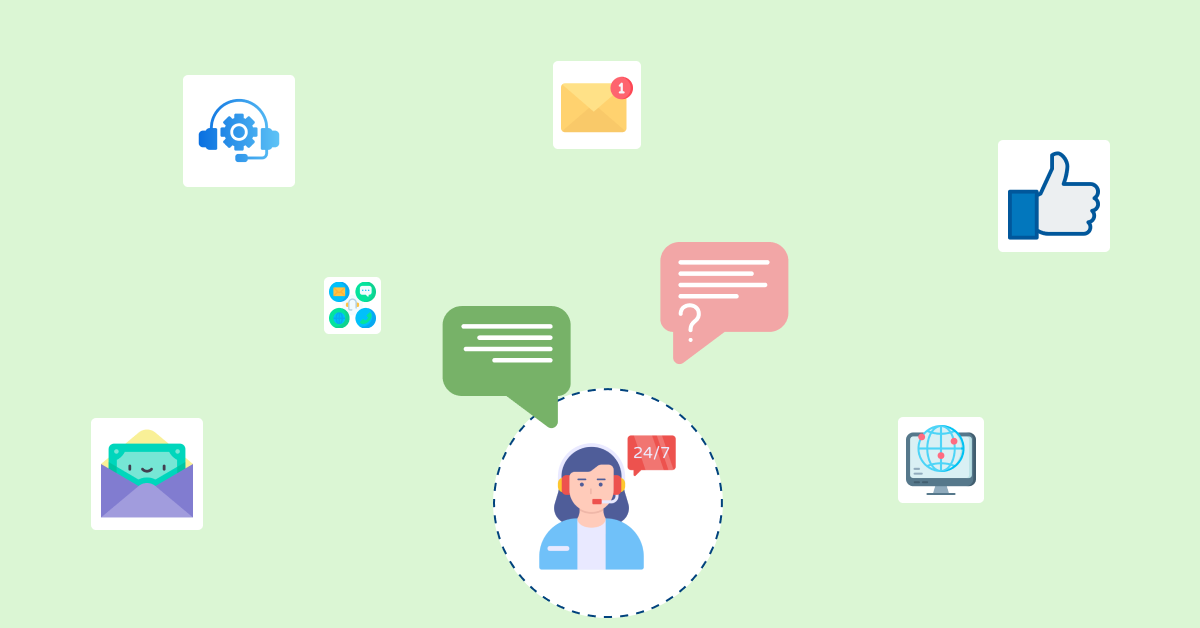1. Knowledge Acquisition
Knowledge acquisition is a fundamental aspect of how Knowledge-Based Systems (KBS) function. It involves the process of obtaining and organizing knowledge from various sources to build the knowledge base of the system. There are two primary methods of knowledge acquisition: knowledge elicitation from human experts and knowledge extraction from data.
Knowledge extraction focuses on extracting knowledge from structured and unstructured data sources. Once the knowledge is acquired, it needs to be represented in a way that the KBS can understand and manipulate. Knowledge representation techniques, such as semantic networks, frames and rules are used to organize the acquired knowledge in a structured manner.
Pro tips:
- Involve domain experts throughout the knowledge acquisition process to ensure the accuracy and completeness of the knowledge base.
- Leverage both human expertise and automated knowledge extraction techniques to obtain a comprehensive knowledge base.
2. Knowledge Base
Knowledge base is a crucial component of Knowledge-Based Systems (KBS), serving as a repository of domain-specific knowledge and enabling the systems to function effectively. More than 90% of customers are willing to try an online knowledge base if it is accessible and matches their necessities.
Rule-based knowledge representation is a common approach, where knowledge is encoded in the form of IF-THEN rules, allowing for logical reasoning and inference. Semantic networks offer alternative representations, capturing concepts, their properties and relationships, providing a more intuitive structure.
Best practices:
- Ensure the knowledge base is well-organized, using appropriate knowledge representation techniques to facilitate easy access and maintenance.
- Regularly update and validate the knowledge base to keep it current, reflecting the latest developments in the domain.
- Implement effective knowledge acquisition techniques, such as expert interviews, literature reviews, or machine learning algorithms, to enrich the knowledge base.
3. Inference Engine
The inference engine is the core component of KBS, responsible for applying logical reasoning and inference mechanisms to derive new knowledge from the existing knowledge base. Forward chaining is a data-driven approach. The inference engine starts with the available data and applies rules to derive new facts, continuing the process until a goal is reached.
Backward chaining is a goal-driven approach, where the engine works backward from a hypothetical goal, attempting to find evidence to support or refute it. Hybrid reasoning strategies combine forward and backward chaining, leveraging the strengths of both approaches to optimize the inference process based on the problem at hand.
Best practice:
- Choose the appropriate inference strategy (forward, backward, or hybrid) based on the nature of the problem, the structure of the knowledge base and the desired outcome.
- Implement efficient conflict resolution mechanisms to handle situations where multiple rules or facts lead to contradictory conclusions.
- Incorporate uncertainty management techniques, such as fuzzy logic or probabilistic reasoning, to handle incomplete knowledge, enhancing the robustness of the process.
4. Explanation and Justification
Users are enabled to understand the reasoning process and the resulting recommendations or decisions. Effective explanation and justification mechanisms contribute to the transparency of the systems. Traceability of the reasoning process is essential, allowing users to follow the logical steps and inference chains that lead to a particular conclusion.
Explanation facilities for users, such as natural language generation or interactive visualizations, provide clear and comprehensible explanations of the system’s reasoning. The facilities bridge the gap between complex internal processes and human understanding, enhancing trust in the system’s recommendations.
Importance of it:
- Increased user acceptance, as users can better understand and validate the system’s reasoning.
- Enhanced knowledge acquisition and refinement, as users can identify potential knowledge gaps or inconsistencies based on the provided explanations.
- Improved compliance, particularly in domains with strict regulatory requirements or legal implications, where traceability and justification are critical.
5. User Interface
The user interface plays a pivotal role in enabling effective interaction between Knowledge-Based Systems (KBS) and users. Natural Language Processing (NLP) techniques allow users to communicate with KBS using natural language, eliminating the need for specialized knowledge or syntax. NLP enables users to pose queries, provide input and receive responses familiarly, enhancing the system’s accessibility.
Graphical User Interfaces (GUIs) provide visual representations and interactive elements. They facilitate intuitive navigation, data input and result visualization. Well-designed GUIs can significantly enhance the user experience and facilitate efficient interaction with the KBS.
Things to consider:
- Prioritize user-centered design principles, ensuring the interface is intuitive, accessible and tailored to the target user’s needs.
- Incorporate multimodal interaction capabilities to provide a seamless and immersive experience.
6. Knowledge Base Maintenance
Knowledge base maintenance is a critical aspect of ensuring the continued effectiveness and relevance of Knowledge-Based Systems (KBS). As domains evolve and new information emerges, the knowledge base must be regularly updated to reflect the latest developments. Refining the knowledge base involves incorporating new knowledge, modifying existing rules or facts and removing outdated information.
Knowledge validation and verification are essential steps in the maintenance process. They involve thorough evaluation of new or modified knowledge to ensure its accuracy, consistency and compatibility with the existing knowledge base. The step helps maintain the integrity and reliability of the knowledge base.
Pro tips:
- Implement version control and change tracking mechanisms to maintain a comprehensive audit trail of knowledge base updates.
- Automate knowledge base maintenance tasks to streamline the process.
7. Knowledge Sharing
Knowledge sharing enables the dissemination of domain-specific knowledge across organizations and communities. The primary purpose of knowledge sharing is to facilitate the transfer of valuable insights, expertise, and best practices, empowering individuals to leverage collective knowledge effectively.
Organizations can enhance collaboration, promote innovation and enhance decision-making processes by sharing knowledge. Knowledge sharing is particularly important in domains where expertise is scarce or distributed across multiple locations. Let’s assume, that in healthcare, sharing medical knowledge through KBS can improve diagnoses, treatment plans and patient outcomes, regardless of geographical barriers.
Best practices:
- Establish a culture of knowledge sharing by promoting open communication, recognizing knowledge contributors and providing incentives for knowledge sharing.
- Implement secure knowledge management platforms or portals that facilitate easy access, search and retrieval of shared knowledge.
- Encourage the use of standardized knowledge representation formats to enable seamless integration between different KBS and knowledge repositories.
Difference Between Knowledge Based Systems and Traditional Software Systems
While traditional software systems rely on procedural or object-oriented programming, KBSs employ knowledge representation to emulate human decision-making processes. Here are five key differences between the two:

















